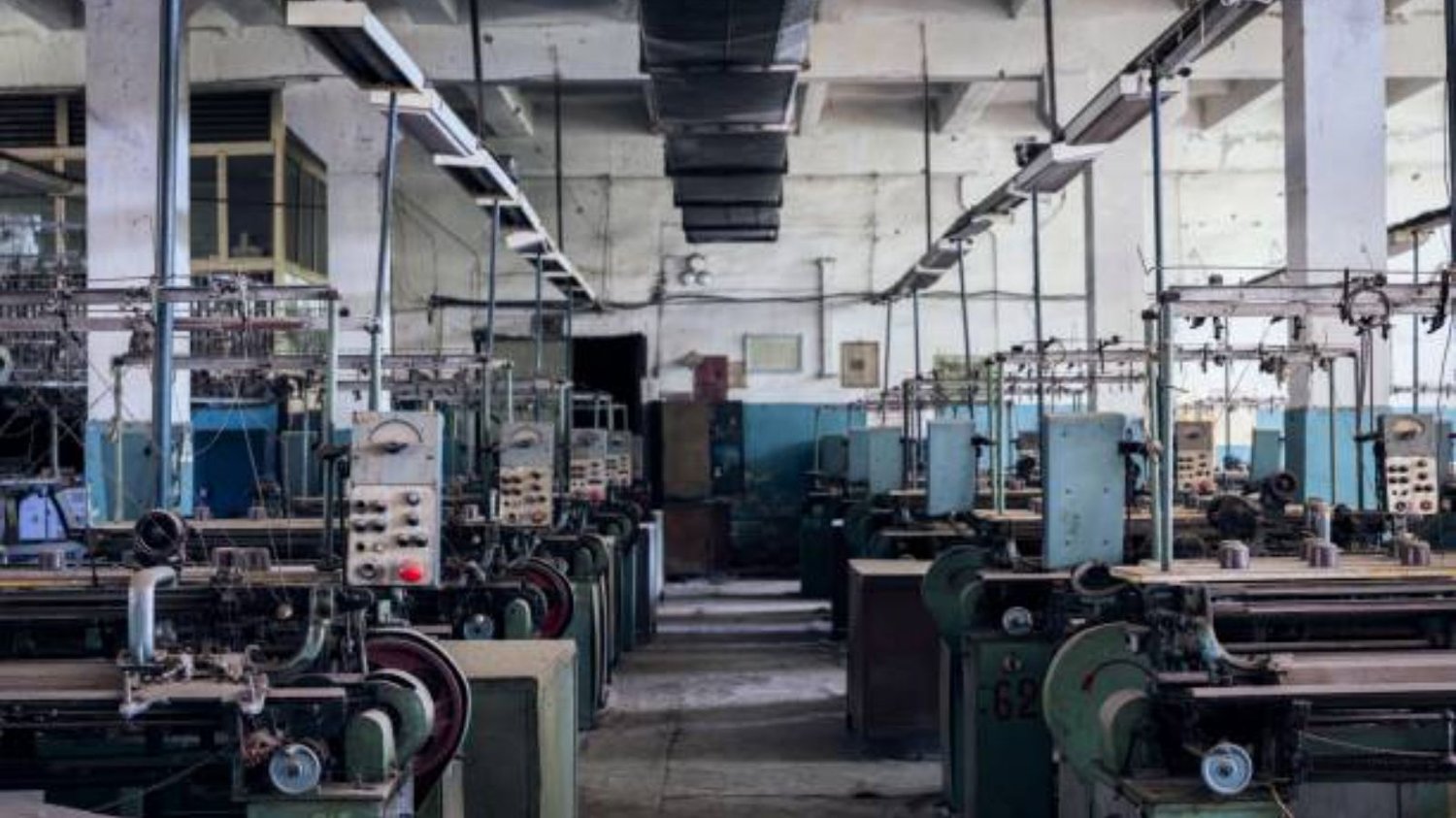Straighteners and Levelers: Two Different Tools
When it comes to construction or manufacturing, workers need to use different tools to achieve the desired outcome. Straighteners and levelers are two tools that are used for different purposes. Although they are both used in metalworking, they differ in their applications, designs, and functions.
Straighteners: Tools for Straightening Metal Objects
A straightener is a tool used for straightening metal objects. Metal strips that are not straight can become a problem in construction and manufacturing. Straighteners are used to make these strips straight to ensure that all products made with them are of good quality. Straighteners are available in different types and sizes, depending on the application. Some straighteners are manual, while others are automated.
Levelers: Tools for Flattening Metal Objects
A leveler, on the other hand, is a tool used for flattening metal objects, making them level. Unlike straighteners, which are used to straighten metal strips, levelers are used to make the surface of metal objects flat. This is important in construction, as well as in manufacturing, where the surface flatness of metal objects affects the quality of the finished product. Like straighteners, levelers are also available in different types and sizes.
Differences in Design and Function
The primary difference between a straightener and a leveler is in their design and function. The straightener is designed to straighten metal strips, while the leveler is designed to flatten and level the surface of metal objects. The function of a straightener is to make metal strips straight, while a leveler's function is to make the surface of metal objects flat.
Straighteners: The Advantages and Disadvantages
Straighteners are a good option for metalworking because they can straighten metal strips quickly and accurately. They can also produce high-quality finished products. However, they are not suitable for flattening large metal objects. Because they are designed to work with strips, they cannot handle the large surface area of metal objects.
Levelers: The Advantages and Disadvantages
Levelers are an excellent choice for flattening large metal objects. They can handle the large surface area of metal objects effectively and can produce a flat surface that is suitable for construction and manufacturing. However, they are not very effective at straightening metal strips. They are specifically designed to flatten large metal objects, so they cannot produce the same level of accuracy and speed as straighteners.
Applications of Straighteners and Levelers
Straighteners and levelers are used in different applications. Straighteners are commonly used in the manufacturing of various products, such as sheet metal, wires, and pipes. Levelers are used in the construction of floors, roofs, and walls. They are also used in the manufacturing of automobiles and airplanes.
Costs of Straighteners and Levelers
The cost of straighteners and levelers depends on the size, type, and quality. Straighteners are generally less expensive than levelers. With fewer components, they are easier to manufacture and less expensive to purchase. Levelers, on the other hand, are more expensive because they have several components and a more complicated design.
Choosing Between Straighteners and Levelers
Choosing between straighteners and levelers depends on the project at hand. Straighteners are a better option if the project involves metal strips and requires a high level of accuracy. Levelers are more suited for projects that involve large metal objects, such as the construction of floors, roofs, and walls.
Conclusion: Different Tools for Different Purposes
While both straighteners and levelers are used in metalworking, they are two different tools with different applications and designs. Straighteners are used to straighten metal strips, while levelers are used to flatten large metal objects. Choosing between straighteners and levelers depends on the project at hand, and the desired outcome.

